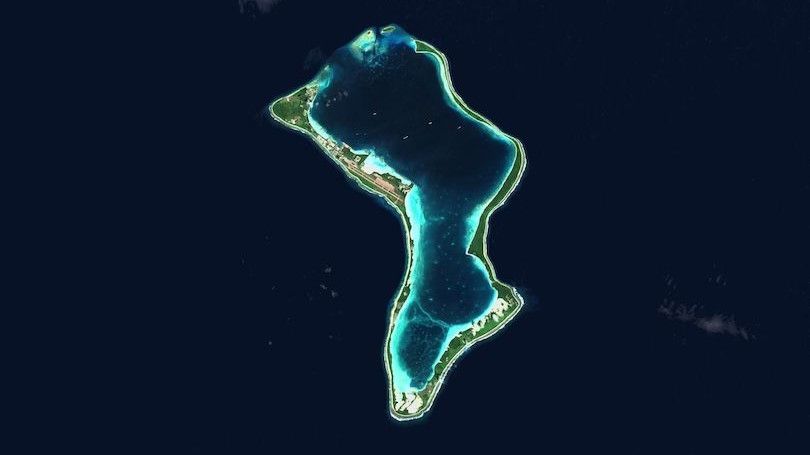The demographic and economic signs are positive. The
country’s population has grown fourfold since independence in 1947, but
population growth has now dropped to ‘replacement level’: 2.1 children per
completed family.
The current youngest generation is so large that the population will keep
growing until 2060, when it will have reached 1.7 billion. The
upside of this is that India will continue to have a rapidly growing young
workforce for another generation, while its only rival, China, will have a
rapidly ageing and dwindling population (1.2 billion and still falling in 2060)
India’s GDP per capita has been growing at about 5% for years, and if that
continues for the next 25 years it will have grown to $7,500 per person. That’s
certainly within the lower ranks of developed countries (like Mexico, South
Africa or China today). Given the size of India’s population the economy would
certainly rank in the world’s top five.
So Modi’s prediction was certainly within the realm of possibility, but there
are two big wild cards. One is climate: although only half of India technically
falls within the tropics, all of it except the very far north suffers long,
very hot summers.
This summer has been the hottest ever, with many of the largest cities
experiencing temperatures above 45°C for days at a time. Whatever we do about
climate in the future, it can only go on getting worse for India for the next
25 years.
That will bring the country into the zone where it literally becomes unsafe for
people to do manual work outside at the height of summer; death rates will go
up, and food production will go down. Nobody knows exactly how bad it will get,
but it will certainly get much worse that it is now.
The other wild card is war. Since the Indian and Pakistani tests of nuclear
weapons in 1999, the subcontinent has lived under the threat of a ‘local’
nuclear war that would devastate both countries (and also cause global food
shortages lasting for at least four or five years).
An Indo-Pak nuclear war is not inevitable, but unlike the major nuclear powers
these two countries have fought real wars against each other – three in the
past 75 years. The likelihood of such a catastrophe actually happening is
certainly a lot higher than zero.
Each country now has about 160 nukes, and although both are now working to move
beyond the dangerously unstable ‘use them or lose them’ phase where a a
surprise attack might disarm the other side, there is no real stability to be
found when the adversaries are so close and the hostility is so intense.
So there is no harm in considering whether it might have been better to keep
the entire Indian subcontinent, first united by the British empire, in one
piece at independence rather than splitting it into two countries (and
eventually three, counting Bangladesh).
The split was by no means inevitable. Both Mahatma Gandhi and Jawaharlal Nehru,
the two main Hindu leaders of the independence movement, wanted an inclusive,
non-sectarian republic including all of British India, although they failed to
offer Muslims sufficient guarantees to ensure their support.

Muhammad Ali Jinnah, the main Muslim leader in 1947, did want to carve a
Muslim-majority Pakistan out of the country, but there was no obligation for
the British government to satisfy his demand. He got his way because the United
Kingdom was virtually broke after the Second World War and in a great hurry to
dump its responsibilities in India.
Sir Cyril Radcliffe, a British lawyer who had never been east of Paris, had
five weeks to draw the dividing line between the two new countries. Around 15
million people who found themselves on the wrong side of that line became
refugees, mutual massacres followed, and within weeks India and Pakistan had
their first war. But it could have been different.
The undivided ‘big India’ would have 1.8 billion people today, about one-third
Muslim and two-thirds Hindu. That would virtually guarantee that both groups
would be represented in every government and in most political parties.
Lots of countries elsewhere in the world manage to be both democratic and
prosperous with comparable religious and/or ethnic differences. The ‘big India’
would not have wasted 75 years’ worth of high defence spending, and there would
be no risk of nuclear war.
All those energies would have been devoted instead to civilian priorities, and
that united India might already rank as a developed country. Might-have-beens.
Gwynne Dyer is an independent journalist whose articles are published in 45 countries.

















